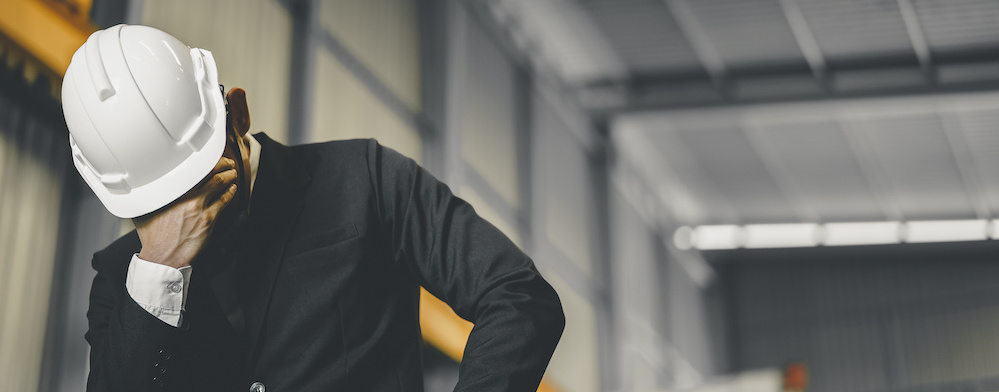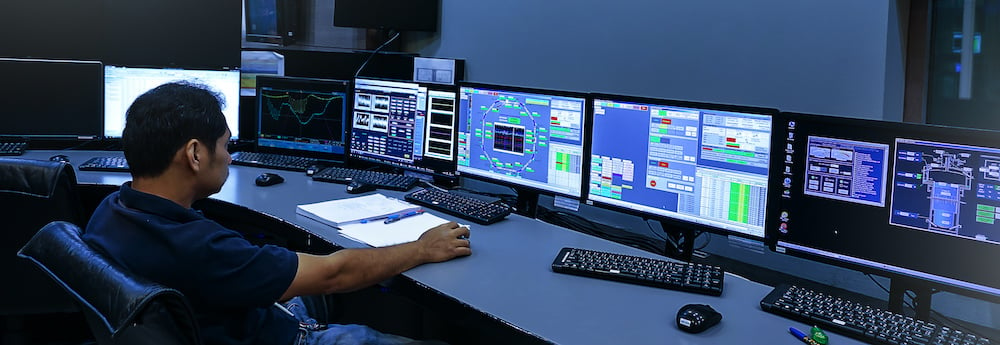Metered, Monitored, Switched, Smart: Comparing Types of PDUs
Power distribution units (PDUs), commonly referred to as power strips or rack mounted power distribution units (RMPDUs), are critical components...
3 min read
![]() Packet Power Team
:
Oct 21, 2021 7:30:00 AM
Packet Power Team
:
Oct 21, 2021 7:30:00 AM

Power and environmental monitoring can reduce outages and downtime by keeping you abreast of operating conditions within your critical facilities at all times. You can be alerted to issues quickly before they escalate into serious problems. And you might be able to save money with more efficient power consumption. You cannot entirely prevent outages, but you can be prepared by constantly monitoring conditions in your facility.
Power and environmental monitoring make it easier to maintain business continuity during a disaster event, and they give you valuable insight to improve your recovery planning. With remote monitoring systems, you can see every detail in real-time, identify and assess problems, and respond faster, all without having to be onsite.
Any outage presents the same challenge – minimizing downtime and the damage it can cause to equipment, business operations, customer service, and your reputation. Whether it’s a large-scale natural disaster like a hurricane or typhoon or the loss of utility power for some other reason, your backup power source should automatically take over. Are you sure that your failover plans will be executed properly?
Monitoring gives you visibility to see if everything is operating as it should be during and after an outage. Is the generator, in fact, on and working? How did the outage affect environmental conditions – is the room too warm? Is the AC on? Are the chillers and humidifiers working as needed? Is there water where there shouldn’t be?
Power monitoring helps you ensure power systems are balanced at all times. Because outages can happen despite your best efforts, facilities typically have redundant power sources. If one becomes overpopulated, the system should automatically switch over to the other source. You need to be sure the second source is capable of handling the extra load without causing new problems. For that, facility managers follow the “80% rule” -- no circuit should carry more than 80% of its capacity, and redundant circuits should never have more than 40% load.
Monitoring helps minimize the risk of overloaded individual circuits. Set low-level alerts for circuits exceeding 40% capacity and higher urgency alerts at 80% capacity. You can pinpoint problems and take immediate steps to avoid an overload.
Environmental monitoring can assure you that conditions inside your facility are within your operating thresholds. If you lose AC for a minute or two due to an outage, you can see if and where temperatures are approaching your maximum threshold and take short term actions if needed. A leak detector placed near critical equipment can alert you to the presence of water before that water can damage the equipment. A remote environmental sensor provides this type of essential information and more.
Ongoing monitoring continuously checks backup systems as well as front-line equipment and conditions, to ensure everything is working as intended and needed. If backup systems are not ready to respond fully and immediately, your failover plans will fail. For many facilities, backup power is provided by a generator. If an outage occurs, the generator should kick on to keep facilities running smoothly. Is your generator sized to handle that load? Power monitoring provides the data that tells you what size generator is needed to fully support failover to generator power.
Power and environmental monitoring help you prepare for a potential disaster and speed up response if there is an outage. Remote monitoring gives you information in real-time whether you’re onsite or offsite so you can quickly determine what actions, if any, need to be taken if there is an outage.
If you need power monitoring in your facility (or if your current power monitoring process is inefficient), adding smart power cables could be your first improvement. And, if you need a better grasp of the conditions that your critical infrastructure operates in, adding environmental monitors will give you critical data such as temperature and humidity to help you identify issues and maintain optimal conditions (proper airflow, containment system efficiency, etc.).
These steps alone will give your disaster recovery plan a significant boost. Plus, you’ll have all the ongoing advantages of power and environmental monitoring to better manage your facilities and reduce downtime by responding faster to anomalies, if they occur.
These articles will help you understand power and environmental monitoring even better.
If you know that power and environmental monitoring will help you and your facility operations, our monitoring experts can help walk through your options.

Power distribution units (PDUs), commonly referred to as power strips or rack mounted power distribution units (RMPDUs), are critical components...

Critical facilities like data centers require a power infrastructure that is energy-efficient and cost-efficient but, above all, reliable. Downtime...
![Monitoring Made to Measure Simplifies Power Monitoring [VIDEO]](https://www.packetpower.com/hubfs/Blog/Monitoring%20Made%20to%20Measure.jpg)
Your power monitoring needs are unique. You need a system built specifically to meet these needs. Sound expensive? Packet Power’s "Monitoring Made to...